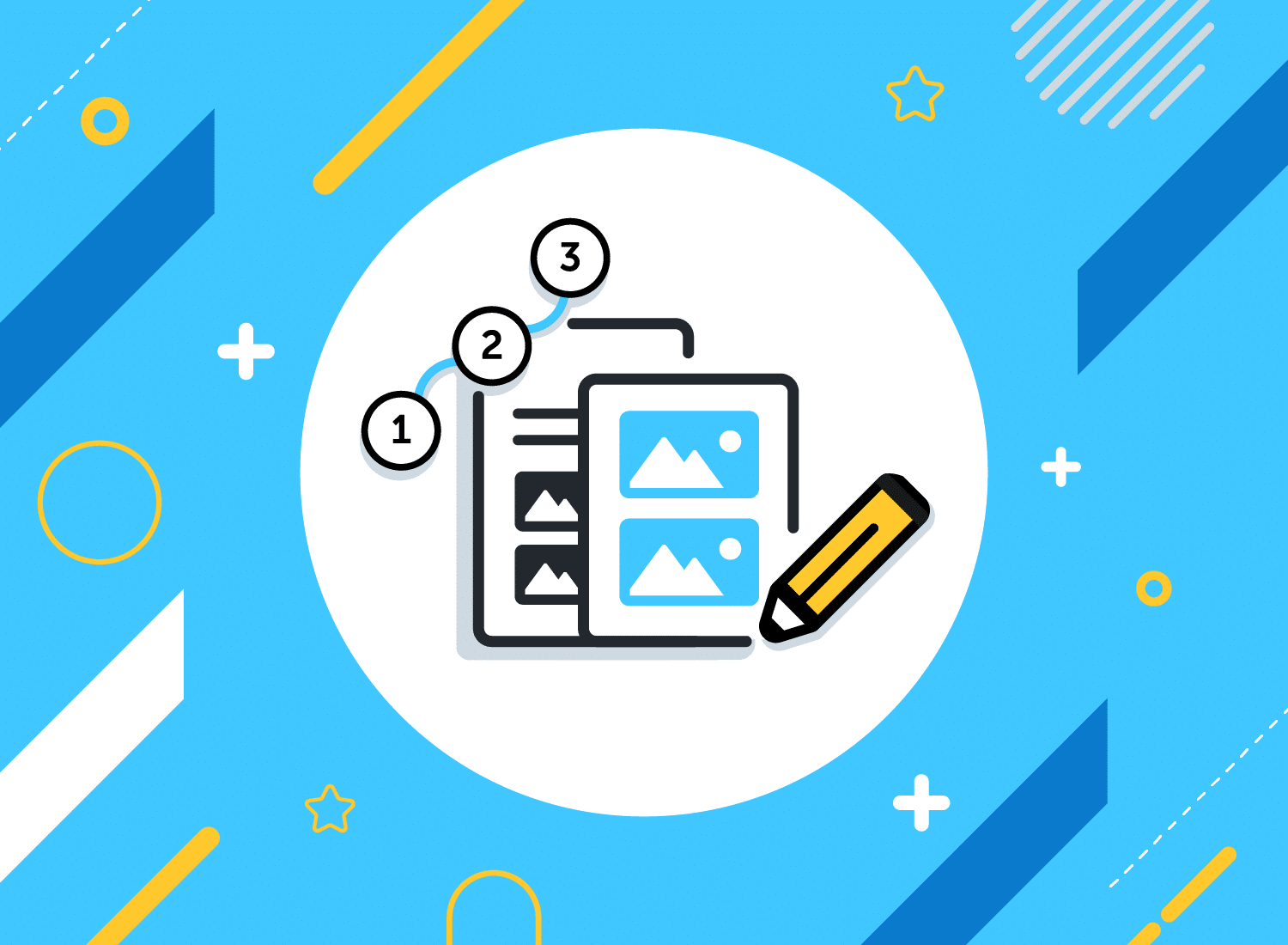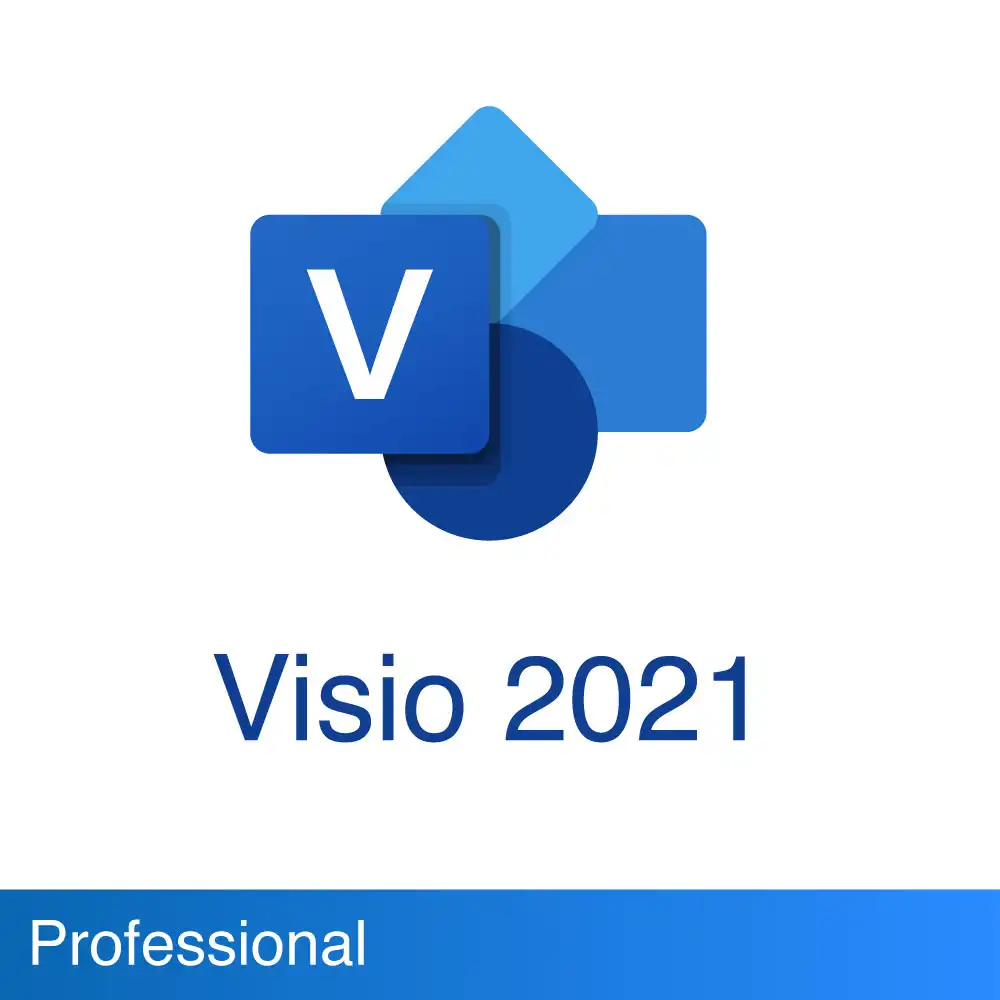Data science tools have changed how data analysis is done today. Tools for data science can handle multiple tasks that are challenging to an individual or a team. This has paved the way for creating and using numerous powerful analytical applications and software options.
These data science applications enable users to carry out large-scale data analysis in a fraction of the time it typically takes with conventional methods of data processing analysis.
How can I practice data science skills?
Data science is a skill that you develop over time. There are several ways to learn and practice your skills. However, the most important thing is to start with an idea and see it through to the completion of data manipulation.
The first step to practicing data science skills is to learn the toolkit. The toolkit consists of programming languages, libraries, and software tools. These tools are essential for extracting, transforming, and analyzing data in natural language.
Data science is a fast-growing field, and staying on top of the latest tools and techniques is essential. As the demand for data scientists continues to grow, so does the need for people who can use these tools to analyze large amounts of data science and machine learning.
How to get started with Data Science?
Data science is a very broad field. It covers almost all aspects of data analysis, from collecting data to visualizing them. Unfortunately, most people don’t know where to start.
The first step in getting started with Data Science is to learn how to use data science tools and software. This is not always easy, especially if you are a beginner.
There are many different types of data science tools available, which makes it difficult to know which one you should use. The best way to start is to learn the basics of data science and then decide on your preferred tool.
Next is to choose a programming language. There are many options, but Python is one of the most popular in Data Science because it’s easy to learn and has built-in functions for machine learning and statistical analysis. You can also use R or Java if these languages make more sense for your project.
Once you’ve mastered those languages, you can start learning more advanced techniques. For example, if you want to work with machine learning algorithms, there are many different ways to implement these algorithms in Python or R. The best way to learn is by trying out different methods on your own datasets and seeing which ones work best for your use case.
How to learn data science tools?

Data science is one of the fastest-growing fields in the world. It is a combination of statistics, mathematics, and computer science used to analyze large amounts of data for business and scientific purposes. The complexity of data makes it difficult for people to analyze it by themselves. Data scientists use special software tools that can help them solve this problem.
Data science tools are applications that allow you to collect data, store it, and analyze it. They make your job easier by automating many tasks such as cleaning data, preprocessing it, visualizing it, and building models on top of your data set.
Data science is a relatively new field of study that focuses on extracting useful information from raw data. It’s a broad term that encompasses many different disciplines, including statistics, computer science, and mathematics. As with any new field, there are many different tools and software programs available for data scientists to use.
The first step in learning data science tools is to understand what they are and what they can do for you. Data science toolkits offer a wide variety of functions that can be used to create visualizations, perform statistical analysis, and make predictions about future events based on past behavior (or lack thereof). Tools like R or Python are completely free but have complex interfaces that may take time to learn.
What are Data Science Tools?

Data science is the process of extracting knowledge and insights from data, in order to make better decisions. Data science tools help you with this process.
Data science tools allow you to collect, store, manipulate, and analyze data for various purposes. These tools are used by both professionals and amateurs alike for the purpose of analyzing data. They provide you with an easy way to visualize your analysis results as well as interpret them effectively.
Data science software helps users interpret, organize, and visualize data. The tools are used by analysts to help them understand the data they are working with. Data science is the way of using data to solve problems. It’s a relatively new field, but it’s growing fast and taking off in many industries.
Data science tools are all about data analysis, machine learning, and artificial intelligence. These tools are used by data scientists to perform all kinds of tasks related to data processing and analysis.
How do data science tools help in work?

Data science tools help in work. Data science tools are used for data mining, analysis, statistical analysis, etc. The data science tools can be used to create and test models.
Data science tools perform various tasks related to collecting, processing, and analyzing the results obtained from the processed data. The primary purpose of using these tools is to provide accurate results while performing any analysis on large datasets.
There are different types of data science tools available in the market. Still, they all have one common objective i.e., providing an accurate result when analyzing large datasets quickly.
What are the skills required for data science?

Data scientists should possess strong analytical and computational skills and excellent communication skills. They need to be able to work with people across different departments and understand what they do so that they can apply their statistical knowledge to real-world problems.
Data science is a broad field, and the skills required for it are even wider. At its core, though, data science is about transforming raw data into something useful. In addition, data scientists must be able to collaborate with others on projects and design experiments that will provide actionable insights for business decisions.
The most essential skill for data scientists is problem-solving. To be able to solve problems with data, you need to be able to think critically and analytically. It would help if you also communicated your findings effectively so that people understand what you’re doing and why you’re doing it.
Conclusion
Data Science is booming as the importance of data analysis has grown in recent years. Data science solves various problems and analyzes different kinds of data. Ultimately, choosing which tool to use depends on your needs, and whether you prefer a single-tool solution or one that can handle many different tasks. Many of these tools are free to try out, though some offer better features for paying users. So if these tools pique your interest, give them a go and see how they work for you. For additional information about Data Science Tools, visit our blog.
Best Data Science Tools
FAQs
Why should I use these tools for my project?
Data science tools are designed specifically for working with large amounts of data. They have features that make them easier to use than traditional programming languages like Python or Java, which were not designed for this purpose.
For example, some tools have built-in functions for loading data into the system or performing statistical operations on it; others provide simple visual interfaces that allow users to explore their data without writing any code at all. This makes them ideal for projects where you need to analyze large amounts of raw data quickly while still retaining some control over what happens.
What are some benefits of using data science tools?
Data science tools provide a number of benefits to companies. They allow users to quickly and easily analyze large amounts of data and gain insights into their business. For example, they can help companies make better decisions about marketing campaigns, understand customer behavior, and other areas that can improve profits.
What is the best software for data science?
The answer to this question is that it depends on what you want to do. Different data science tools are designed for different tasks and industries. For example, if you want to analyze a customer’s purchase history, then you might use one program for that purpose. But if you want to analyze customer sentiment about your products and services, then you may use a different program. And if you want to predict customer behavior based on past purchases, then yet another program would be useful.









